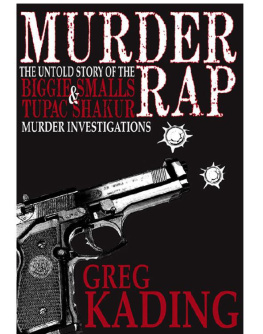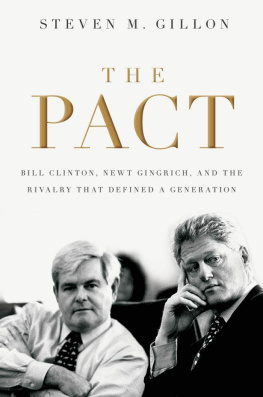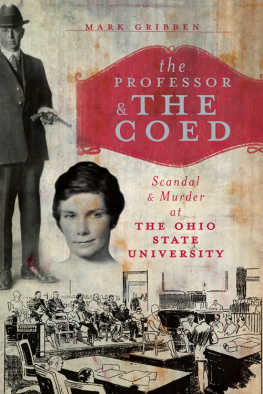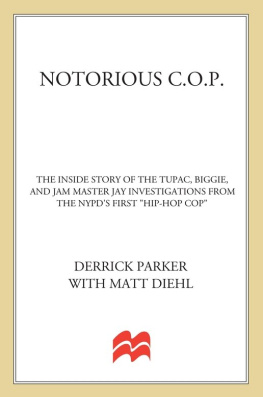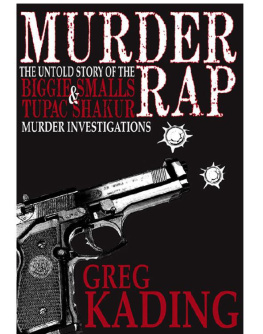
First published in 2012 by Zest Books
35 Stillman Street, Suite 121, San Francisco, CA 94107
www.zestbooks.net
Created and produced by Zest Books, San Francisco, CA
2012 by Zest Books LLC
Typeset in Sabon and Trade Gothic
Teen Nonfiction / History / People & Places United States
Library of Congress Control Number: 2011936079
ISBN: 978-0-9827322-0-5
All rights reserved. No part of this publication may be reproduced or used in any form or by any meansgraphic, electronic, or mechanical, including photocopying, recording, or information storage and retrieval systemswithout the written permission of the publisher.
CREDITS
EDITORIAL DIRECTOR: Karen Macklin
BOOK EDITORS: Karen Macklin and Maria Wakem
CREATIVE DIRECTOR: Hallie Warshaw
ART DIRECTOR/COVER DESIGN: Tanya Napier
PRODUCTION ARTIST: Marissa Feind
MANAGING EDITOR/PRODUCTION EDITOR: Pam McElroy
RESEARCH AND MARKETING DIRECTOR: Nikki Roddy
TEEN ADVISORS: Amelia Alvarez, Ema Barnes, Anna Livia Chen,
Huitzi Herrera-Sobal, and Felicity Massa
Manufactured in China
LEO 10 9 8 7 6 5 4 3 2 1
45XXXXXXXXX
Every effort has been made to ensure that the information presented is accurate. The publisher disclaims any liability for injuries, losses, untoward results, or any other damages that may result from the use of the information in this book.
All photos courtesy of the Everett Collection with the exception of pages 123, 131, 151, 167, and 203, which are courtesy of Getty Images; pages 75 and 83, which are courtesy of Photofest; and page 107, which is courtesy of The National Archives.
INTRODUCTION
- Everyone loves a good scandal. Why? Because scandals are exciting, juicy stories with lots of twists and turns. They involve dramatic trials and fallen celebrities, misguided scientists and game-changing athletes, superstar lawyers, hardened criminals, and all kinds of secrets and lies. Plus, they make great conversation at parties. But when you really break it down, scandals are also an important part of history. Something is considered scandalous because it's wrong or immoral in our eyes. The things we find shocking can tell us a lot about ourselves and our society.
Scandals are cornerstones, too, in a society's evolution. For instance, Elvis' scandalous hip-shaking on TV set the stage for rock stars to use sex-appeal in performances. The Jonestown Massacre made people wary of cult religions that cut members off from society. The Clarence Thomas scandal made Americans more aware of sexual harassment. And the Scopes Monkey Trial changed the way science is taught in classrooms across the country.
From Hollywood murder trials to spies, anarchists, money-grubbing televangelists, explicitly sexual art, vigilante justice, and Harvard psychedelic studies, the 50 scandals in this book span the 20th century and have all affected the trajectory of our country in some way. They touch on every part of society: politics, music, religion, sports, war, race relations, art, TV, movies, journalism, gay rights, and everything in between. Each item in Scandalous! details what happened in the scandal, offers unbelievable quotes, talks about how the event affected American culture and politics, and includes a short list of related scandals (so you can see how, sometimes, history is doomed to repeat itself!).
After you read Scandalous!, you'll have a better understanding of how things in all realms of life have gotten to be the way they are today. And you may even become a history buff while you're at it.
Hallie Fryd

FAMOUS ARCHITECT STANFORD WHITE
MURDERED BY EX-LOVER'S RICH HUSBAND

THE SCOOP!
A famous architect is murdered by the millionaire husband of an ex-lover, resulting in one of the first highly publicized trials of the 20th century.
WHAT WENT DOWN

Stanford White, a 47-year-old married architect, was famous for building houses for America's richest families and for throwing intimate parties at his secret pad, where he entertained pretty teenage chorus girls and models. His favorite pastime was pushing them, in various states of undress, on a red velvet swing he had installed in his apartment. One of those girls was Evelyn Nesbit, a 16-year-old model and Broadway chorus girl famous for being one of the most beautiful women in New York City. After a few rides on White's swing, Nesbit lost her virginity to him and spent the next two years as his mistress.
When White lost interest in her, Nesbit started spending time with Harry Thaw, the 31-year-old wealthy son of a Pittsburgh railroad tycoon. Thaw proposed to Nesbit shortly after they met, but he was no Prince Charming. He was a hard partier, wildly jealous, and once beat Nesbit brutally with a whip. But she married him anyway in 1905 and moved with him to his hometown of Pittsburgh.

During a visit to the Big Apple a year later, the couple went to see a musical comedy on the roof of Madison Square Garden, a building designed by White, who was also at the show. Near the end of the performance, Thaw walked down the aisle toward White, took out a gun, and shot White three times in the head. The architect slumped to the ground dead, and Thaw walked calmly to the elevator where he was stopped and taken into custody.
The trials that followed were a sensation from the start. Everyone involved was rich and famous, and the press delighted in digging up the dirtiest details of White's private life (like his red velvet swing). Thaw hired the best defense lawyers who used the public's growing disgust of White in their favor. They argued that Thaw had gone temporarily insane when he saw White at the show, remembering White's past creepy involvement with his young wife.
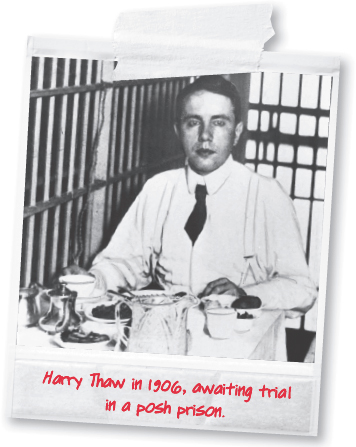
QUOTABLES
He ruined my wife. (Or, He ruined my life.)
Witnesses disagree about which one of these statements Harry Thaw
made while being taken into custody by police following Stanford White's murder.

What was his condition of mind when he first beheld White? He stood there beholding the figure, the hideous figure of the man that caused him so much sorrow He struck as does the tigress strike at the man who endeavors to take her cubs. He struck for the purity of the wives and homes of America.
Part of the closing arguments made by one of Thaw's lawyers in his first trial.
Behind the scenes, Thaw's mother used the family fortune to further defend her son. She funded a biased film that portrayed Thaw as a hero who was simply defending his wife's honor, an act many people in America supported. Thaw's mother also offered Nesbit a quick divorce and a million dollars to stand by Thaw. (The public didn't know about the bribe.) At the trial, Nesbit testified that White had raped her when she was a 16-year-old virgin, and that she had told Thaw about it before they married, which planted a seed of madness in his mind. After her testimony, Thaw was seen as a hero who had avenged his wife's honor against a cruel pervert. In 1908, after two trials, Thaw was declared not guilty by reason of insanity and was sentenced to serve time in a low-security asylum in Upstate New York.
Next page



